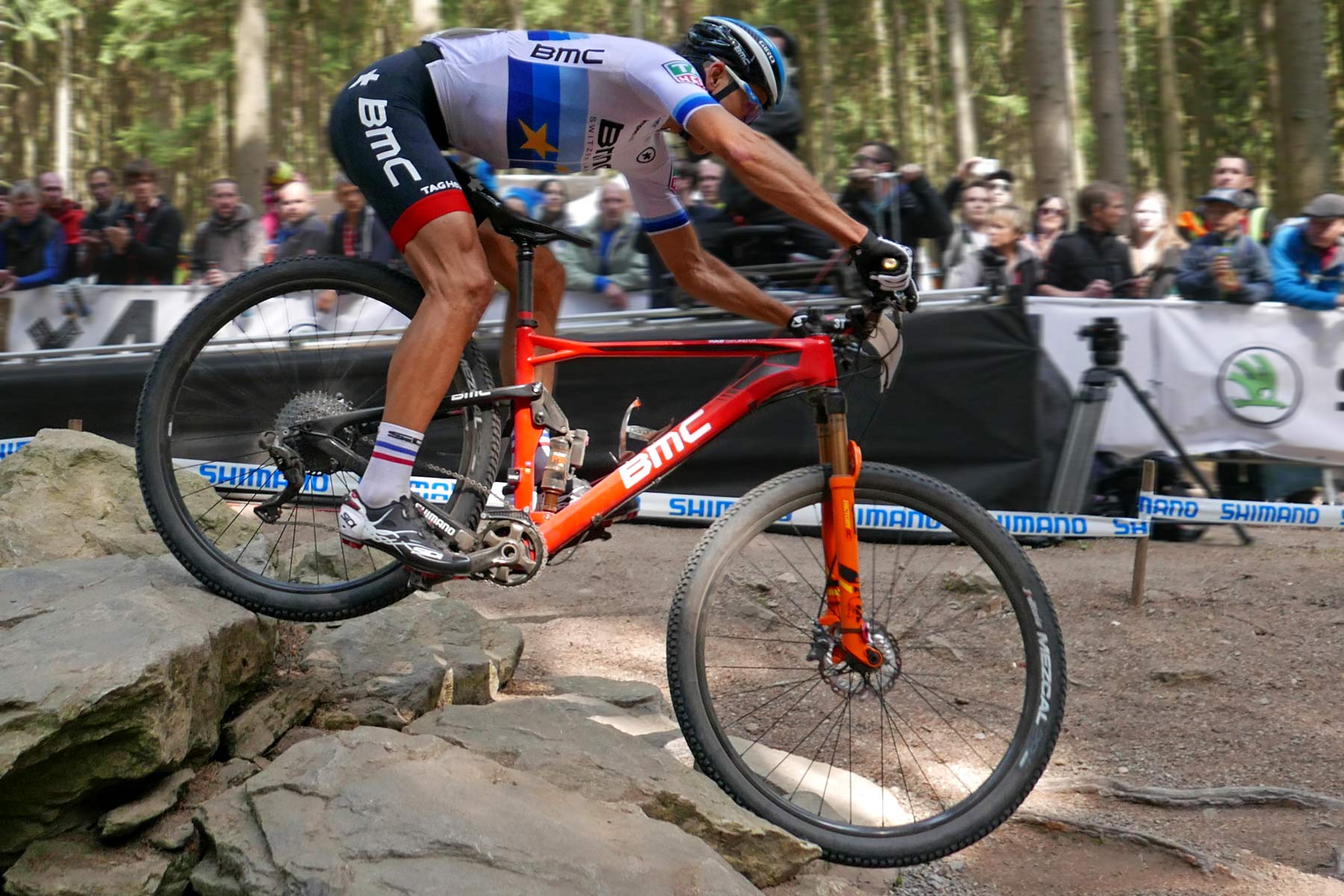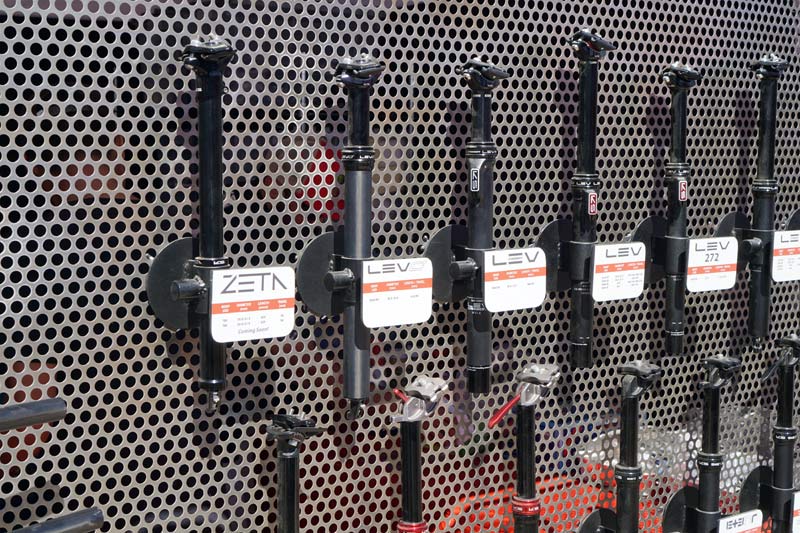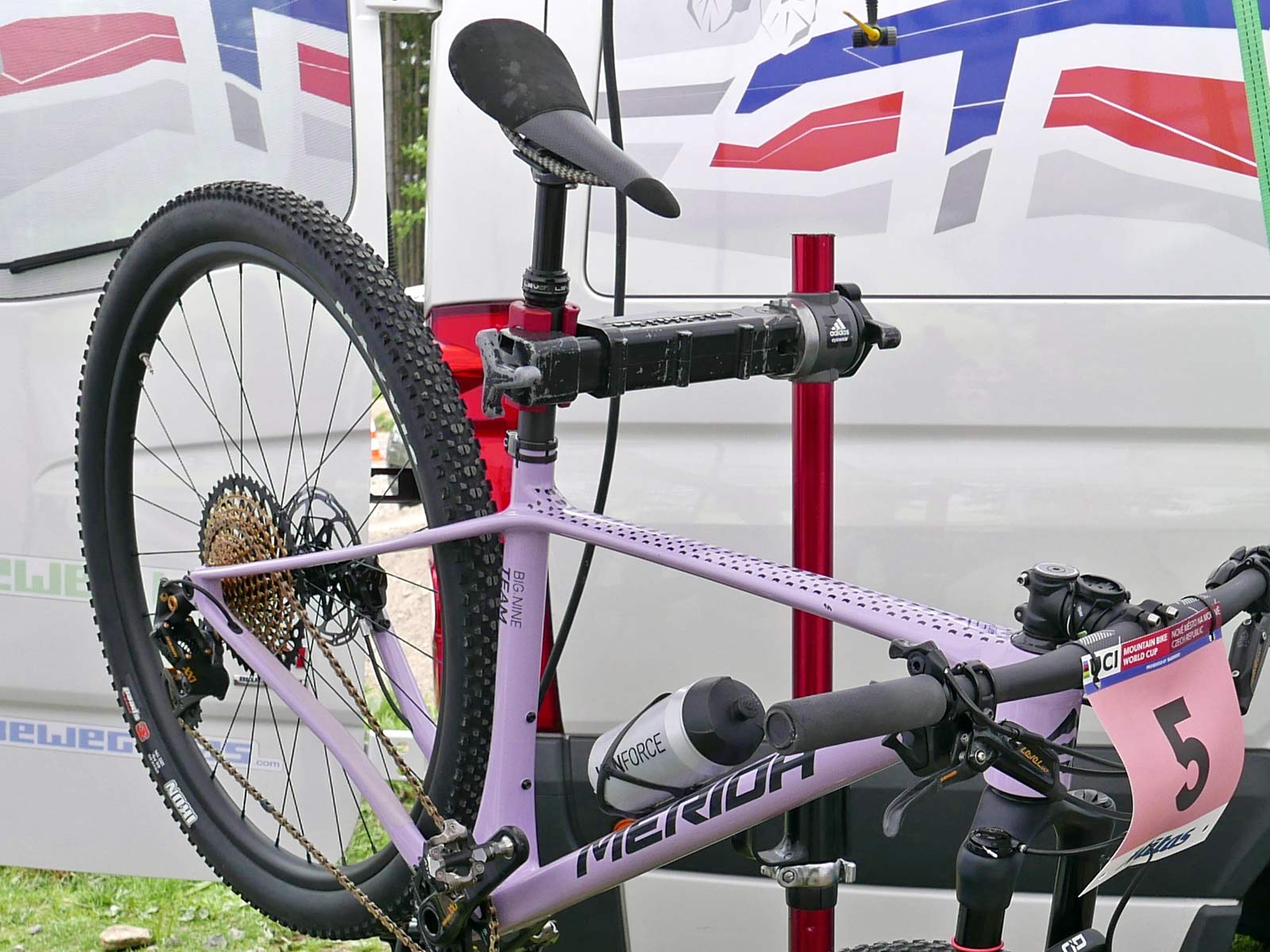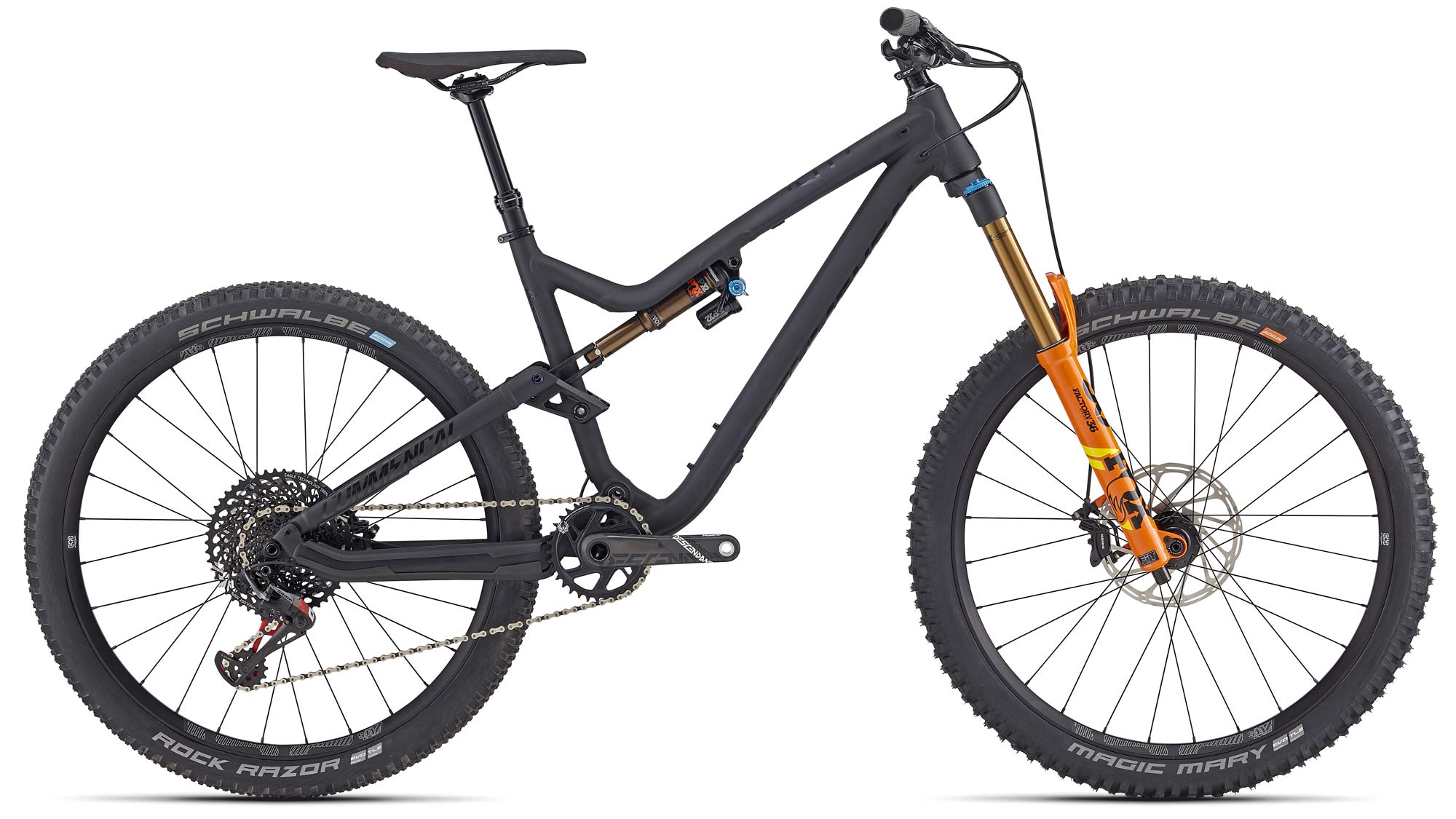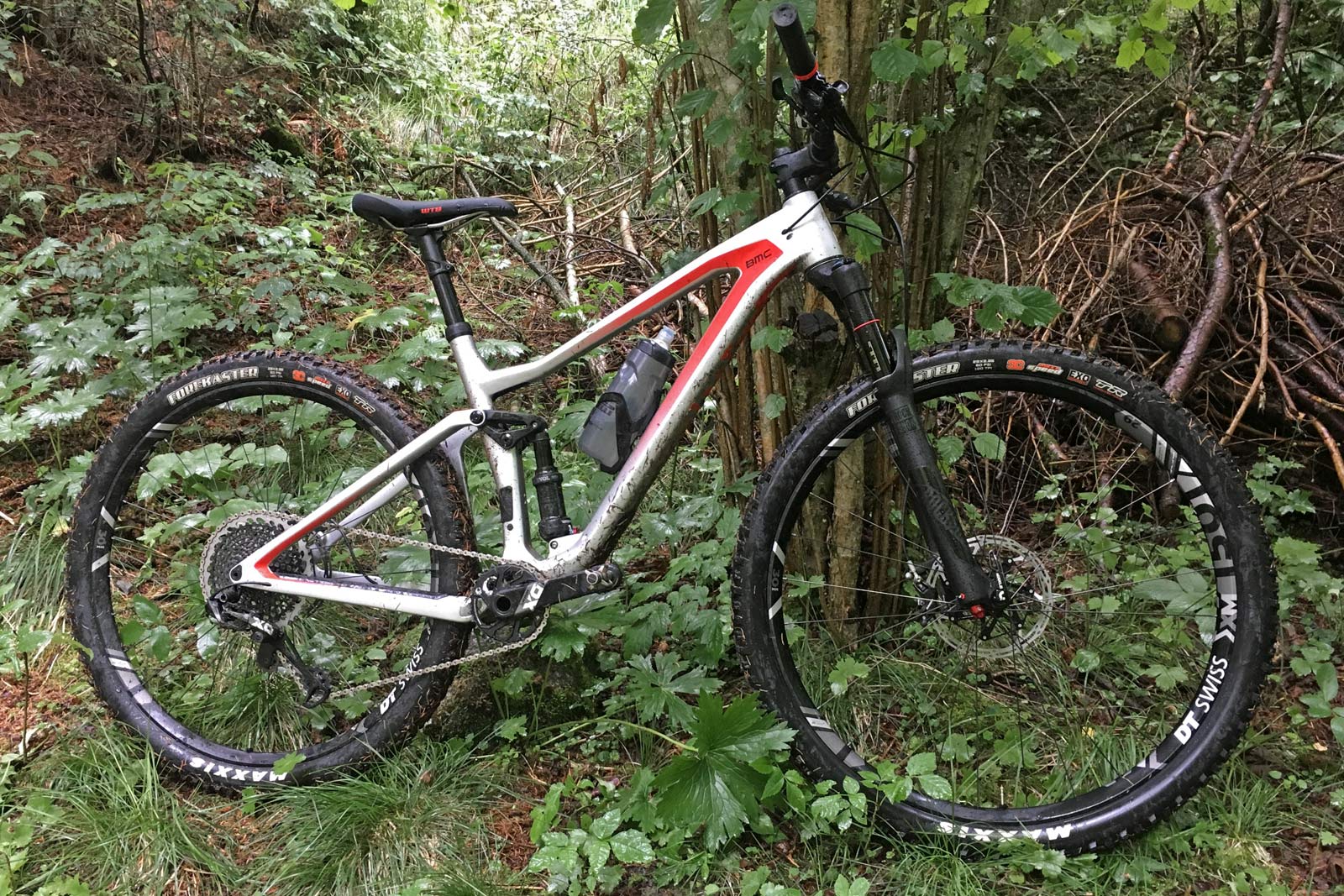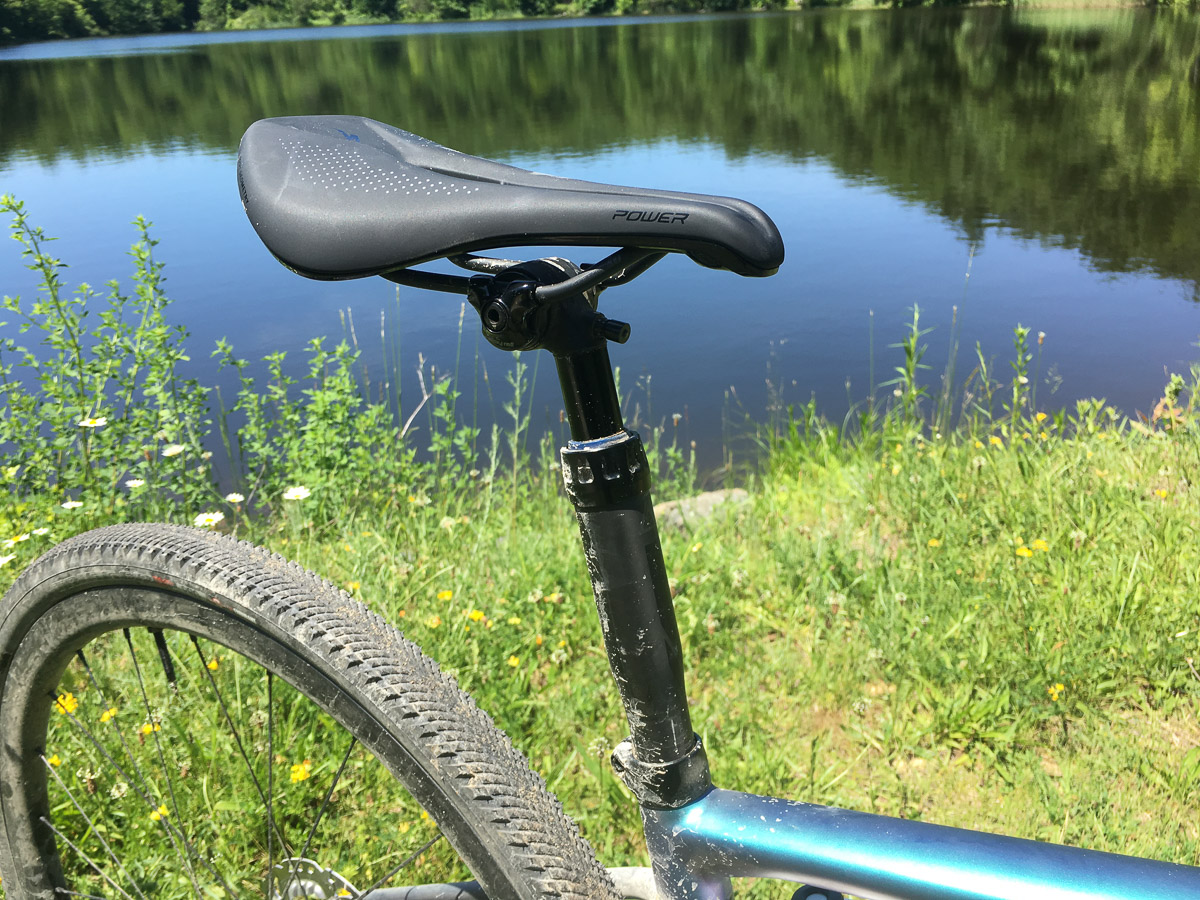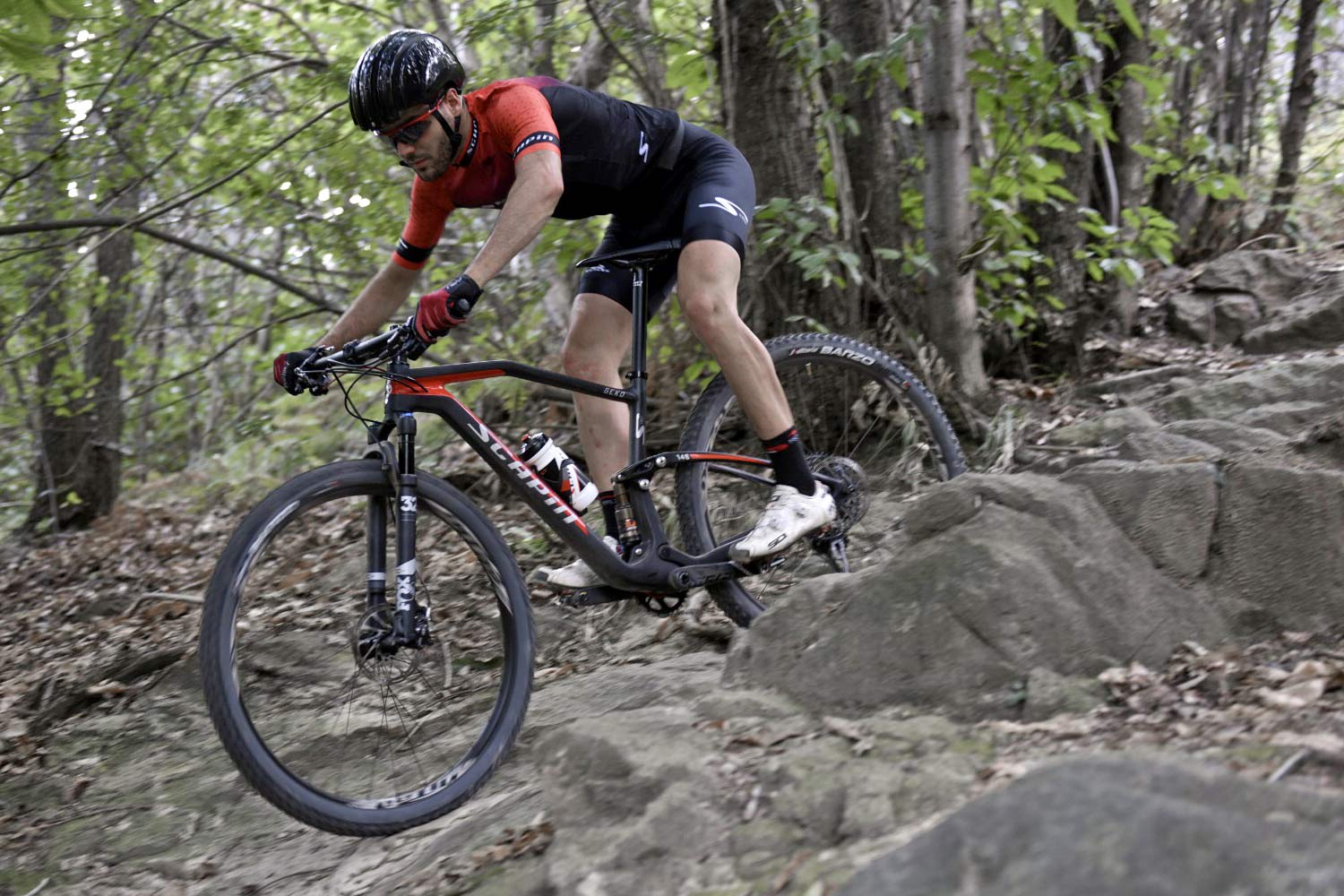This is the first of a series of four Suspension Tech articles that will look at one of the most neglected suspension elements on the bike – the dropper seatpost. Droppers are popping up on more & more bikes, with gravel and road versions becoming a real option – they’re not just for mountain bikes anymore. And that means a lot of bikes could get droppers. So if your bike didn’t already come with a dropper seatpost installed or if you just want to upgrade your current post, there are plenty of questions that need answering, starting with…
How much travel do you need?
Nowadays, there are options ranging from less than 60mm to 200mm of travel or more. Which could make one wonder, “How much dropper seatpost travel do I need?” From road to gravel to ‘cross, XC, AM, enduro, and beyond there’s a wide range of riders and riding styles to look at. We talked with a few dropper industry engineers to get their thoughts on the matter.
While rider preference & riding style are the first stop in determining the correct travel, Rick Taylor, Director of Operations at KS Suspension, reminds us that as droppers show up on a wider range of bikes beyond trail riding “weight is a factor for XC and CX racers, so many times travel is shorter for those applications.”
How should cyclists determine how much travel is correct for them?
A lot of this comes down to why you want a dropper post in the first place. Do you want a really high saddle position for an optimal climbing position? But just need to drop the saddle a bit for sketchy descents, like a loose gravel road? If so, a super short travel <80mm post is probably appropriate.
Are you looking to drop the saddle to transition from a regular pedaling position to one where you can more easily shift your weight rearward for better control on technical descents? The somewhere-in-the-middle 80-150mm travel posts are probably your best bet.
Or are looking to spend a lot of time with your bike airing out over jumps, or dropping into super technical terrain where you just want the saddle completely out of the way? Then longer travel >150mm is probably your bag.
Of course weight is a factor, like Taylor says. So even though XC courses are getting more aggressive, weight conscious racers (like Gunn-Rita Dahle Flesjå & her purple hardtail there) opt for the shorter travel options. How much weight do you save going short? The KS LEV Integra 30.9 post weighs in at 410g with 80mm travel, and 545g with 175mm travel. That’s a 135g (0.29lb) difference from their shortest to longest options in that same model alone.
Stefan Sack, Founder & Lead Engineer of BikeYoke reminds us that “most people tend to think: Bigger is Better” but then can tend to not use the full drop very often. Like us, Sack keeps his post in the middle of its travel a lot for fast & flowy trails where he can “use the inside of [his] thighs and the saddle to keep the bike under control. Especially in fast steep turns you can benefit from the extra support of your legs on the saddle, stabilizing the bike underneath you.”
That also brings up the topic of travel depending on saddle shape. If you ride a saddle that already makes it easy to get your butt back to better distribute weight on super steep trails, then you might need a bit less travel than with a saddle that is harder to get behind.
Over at 9point8, Co-founder & Design Engineer Jack Pittens tells us they generally recommend “as much travel as will fit on your bike”, with most riders over time “tweak[ing] their riding style to take advantage of the full benefits of the longest post that will fit their bike”. But some do want less, preferring options where you can comfortably pedal from any position, even fully dropped, and that usually amounts to “around the 100mm travel range”.
At Bikerumor we’ve certainly seen a learning curve with most dropper posts, where we’ve needed to get a feel for the unique operation of the remote from brand-to-brand. And then once you get that down, figuring out how to use the remote to put the saddle where it feels most comfortable, both with infinitely adjustable droppers and those with preset drop points. Some companies like 9point8 make it easy to dial in exactly what you want, offering spacers that let riders reduce travel to customize their post to stop at the exact spot they want. And BikeYoke says they’ve done the same thing for sponsored riders looking to reduce post travel to their sweet spot.
Should dropper travel choice be discipline specific?
It doesn’t have to be, but often there is a correlation, both due to the limitation of the amount of seatpost that’ll fit, and the amount of travel needed for different styles of riding. In a general sense, the steeper and more technical the terrain being ridden, the more a longer dropper is beneficial. That’s why trail bikes were the first to fully adopt dropper seatposts.
Regarding frame fitment limitations, you aren’t likely to have room for a 180mm travel dropper in a road bike if that bike is anywhere close to fitting you in the first place. But, longer dropper travel has influenced bike design in disciplines like all-mountain & enduro, where new frames are getting more compact designs so the more recent crop of super long posts can be used to get the saddle even lower. The trick is making sure there’s enough seat tube to handle the post when fully compressed. We’ll drop (pun totally intended) deeper into post-in-bike fit in another installment.
At the other end of the spectrum, markets just now joining the dropper party, like road, gravel, bikepacking, and to some extent even cross-country are being driven by a desire to add on as few grams as possible. When weight is a concern, limiting travel is the easiest way to shed grams.
The way Pittens puts it though, “as riders gain experience with droppers, the negatives of extra travel go away, with the exception of the small weight penalty of a longer stroke… So we tend to think it is more the type of trails you ride, and how you use the dropper, than discipline.”
Should post travel depend on bike suspension travel? Or even tire size?
Again, it doesn’t need to, but for sure there tends to be correlation. This goes back to matching travel with the types of terrain you ride. KS notes that frame size, rather than frame travel, tends to dictate how much travel is possible with dropper posts.
Stefan Sack of BikeYoke reiterates though, that this is actually an important issue to address, due to the trend of combining long suspension travel with very compact chainstays. “In combination with [even] a moderately steep seat tube angle, this can lead to critical interference, [where] a fully slammed post would cause the tire to hit the saddle at bottom out.” So if you are looking at putting a super long dropper on a long travel bike, first make sure the tire would still clear a slammed saddle when the rear shock is fully compressed (Tip: Just let the air out of your shock…not as easy with coil spring set ups, sorry). And then remember that if it’s close, putting a larger tire on there later means you need to re-check clearance.
Should post travel be a function of how tall the rider is?
Simply put, Yes. If you are looking to drop the saddle to a position that is still comfortable to pedal in, the rider with shorter legs is going to need less drop, and a long-legged rider more. Even if you are looking primarily for maneuverability, smaller riders will get proportionally equal benefits from less post travel. While at the same time, a taller rider will benefit more from the long dropper allowing them to get their higher center of gravity further back and down to comparable levels.
Coincidentally, smaller frame sizes typically also mean the longer travel dropper posts won’t fit anyway, so rider height, frame size and available dropper travel tend to run along a similar curve.
When it comes down to it, answering the question of “how much dropper seatpost travel should I get?” starts with being honest with yourself about how much travel you really need based on your terrain, riding style, and type of bike. The topics discussed here give you food for thought. From here, your choice might come down to how much you can fit in your bike. That’s a whole separate topic; one we’ll get into next week!
The fun never ends. Stay tuned for a new post each week that explores one small suspension tech, tuning or product topic. Check out past posts here. Got a question you want answered? Email us. Want your brand or product featured? We can do that, too.
